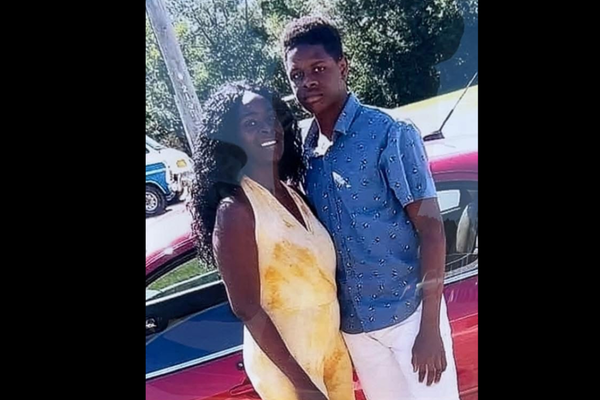Next month, thousands of students and their families will find out whether they have been offered a place in Year 7 at a selective high school in New South Wales.
Selective schools dominate the top Year 12 results, and demand for places always outstrips supply. About 18,500 students sat the NSW selective high school test this year, for 4,200 spots next year.
The NSW government says gifted students “benefit both academically and socially” from learning alongside other students with similar abilities in selective schools. But there are few published studies on whether selective schooling pays off for individuals in terms of better outcomes later in life.
In the first research of its kind in Australia, our research tracked almost 3,000 young people from age 15 to 25 to see if there are longer-term benefits to attending a selective school.
Our results suggest the benefits are very minimal. Participants who attended selective schools reported higher general life satisfaction at age 25, but all other measures around employment and education were not significant.
What are selective schools?
Fully selective schools are public schools that enrol the top-performing students according to an entrance exam held each year.
They make up about 1% of government schools around Australia, but most are in NSW, which has 21 fully selective schools. Victoria has four, and Queensland and Western Australia have one each.
There are also 35 partially selective schools in Victoria and 24 in NSW. These schools enrol the majority of their students from the local area, but non-local students are selected for academically streamed classes.
Our research
We analysed data from the 2009 cohort of the Longitudinal Study of Australian Youth, which tracks young people as they move from school into further study, work and their adult lives.
The survey looks at whether academic performance was considered as part of a student’s enrolment into high school (always, sometimes or never). These were used as our measure for a school’s selective status.
We then used a statistical technique called “nearest-neighbour matching” to compare selective school students to their non-selective peers. This meant students had similar characteristics such as gender, socioeconomic status and reading and maths scores in Year 9 before we compared their outcomes as adults.
At 19, we looked at whether they had finished high school and to what extent they were studying or working. At age 25, we looked again at the extent to which students were working or studying as well as the number of years they had spent in education, and their general life satisfaction.
Our findings
At ages 19 and 25, there was no significant difference between selective and non-selective students in terms of whether they had graduated from high school, the extent to which they were working or studying, or the total number of years spent in education.
There was a slight difference in terms of general life satisfaction. General life satisfaction is measured using the average score after students were asked to rate factors such as how satisfied they were with their homes lives, jobs/careers, social lives, spare time activities, standard of living, independence and lives as a whole.
For 25-year-olds, those who attended a school that “always” applied academic selection (was fully selective) had greater general life satisfaction, on average, by 0.19 points. This was based on a scale of 0–10.

Weighing up the costs as well as the benefits
Selective school students have some of the highest Australian Tertiary Admission Rank (ATAR) scores. Unsurprisingly, many parents see a spot in a selective schools as a way to ensure future success, and spend a lot of time and money to try and secure a spot. Research also shows private tutoring is “booming”.
Along with the hope of academic success, one of the many reasons families want a selective place is they are seen as providing a more supportive and challenging environment .
But as Melissa Tham’s 2020 research showed, the experience of selective schooling is highly varied. Many students report positive experiences, but many also describe mixed or negative experiences to do with immense pressure, competition and stress on a daily basis.
More broadly, education researchers note there are big equity problems about selective schools. There may be no fees like at private schools, but selective school students are more likely to come from families who are university educated and work in professional jobs. This can concentrate disadvantage in non-selective schools.
We need more research
Our research suggests despite the hype, pressure and effort around getting a place at selective school, students are no more likely to go to university or be working by the age of 25.
Our results indicate they may have slightly greater life satisfaction, but we need more research and transparency around Australian selective schools to examine whether these schools benefit students.
More answers are crucial to the students and families who seek a selective education. They also matter to state governments who operate them and taxpayers who foot the bill.
If the supposed benefits are not proven, we should reconsider the purpose of selective schooling and whether they need to be scaled back.
The authors do not work for, consult, own shares in or receive funding from any company or organisation that would benefit from this article, and have disclosed no relevant affiliations beyond their academic appointment.
This article was originally published on The Conversation. Read the original article.







